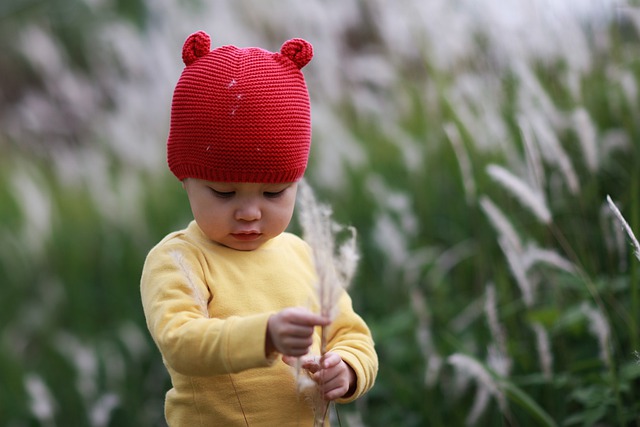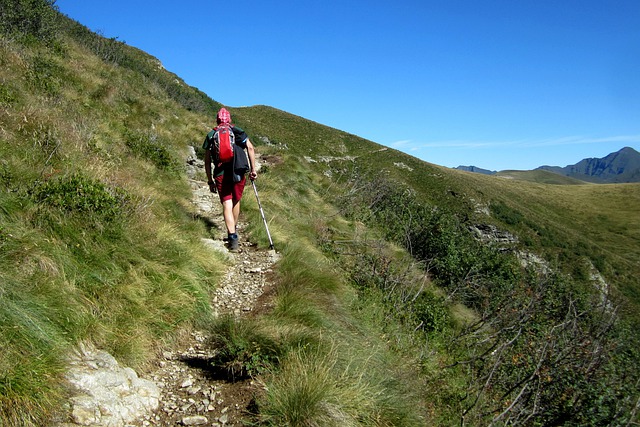Deepak Chopra lays out a pathway to well-being in his multiple books (80 in total), his online courses and his many videos on Chopra’s YouTube Channel. Chopra also provides a podcast focused on meditation and well-being with daily meditations grouped by weeks. His approach is backed by current research and neuroscience – he is an active researcher and publishes research results with his colleagues on the Chopra Foundation website. The information that Deepak offers is comprehensive, combines the practical with the theoretical and is inspirational. However, the vastness of this information can be overwhelming. One way forward is his Radical Well-Being online course which integrates a lot of this material and provides meditations, practical exercises and a clear pathway to well-being.
Foundational to Deepak’s approach is the science-based recognition that our genes account for only 5% of our overall well-being – the remaining 95% is governed by lifestyle. Hence Deepak states that “genes are not our future”. Underpinning this recognition is the knowledge that our body while seemingly remaining the same is undergoing continuous change, e.g. our skin is replaced once a month, our skeleton once every three months and, over a year, 98% of the atoms in our body are replaced. Deepak concludes “our suitcase has a longer shelf-life than our body”.
Deepak maintains that our “soul”, our core consciousness, creates our body. While the soul is invisible it can be experienced through our memories, thoughts, feelings, sensations, and images. While stress is often considered to be a perception of threat of some kind (physical, emotional or psychological), Deepak argues that a wisdom perspective sees stress as “interference with the soul’s spontaneous expression” thus impeding creativity and generativity.
Practical steps on the pathway to well-being
Deepak’s resources are replete with practical advice and tips for well-being, so I can only hope to cover a sample here and link them to resources that he provides:
- Meditation – Deepak draws on extensive research that confirms the benefits of meditation. In particular, he notes that meditation positively impacts our entire genome – the complete set of instructions/information found in the cells of our body. Also, because of his abiding interest in aging and the impact of stress, he stresses that meditation increases the protection for, and length of, telomeres – leading to increased well-being and improved biological aging. A core meditation that he proposes for inner peace is a form of meditation that explores the fundamental question, “Who am I”, and progresses through the various levels of consciousness that he identifies. Deepak suggests that we can gain the benefits of meditation even by spending just 10 minutes a day in meditating, e.g. through focusing on our breathing. Throughout this blog, I provide multiple meditation methods and links to sources of meditation processes.
- Sleep – a minimum of 7 hours a night, ideally 8 hours. Deepak draws on the science of sleep to reassert its beneficial effects, including its capacity to “restore, repair and conserve energy”. He also reinforces the power of deep sleep to consolidate our long-term and short-term memories and to connect us more fully with the natural rhythms of the universe. Sleep facilitates the operation of our subconscious mind and its information processing capacity. Deepak stresses the negative impacts of sleep deprivation, including confusion,, inability to concentrate and irritability. He describes his daily process of aiding his sleep through “recapitulation” – by reviewing his day as if watching a video and then letting it go while saying to himself, “I don’t hold onto anything”. He states that this process of daily reflection and review develops emotional freedom and well-being. The day has become a dream and it is in our dreams that we process our daily emotions. Deepak stresses the Buddhist principle of the impermanence of everything, including our experiences – a principle that is reflected in the fact that we cannot hang onto a single breath, we have to let it go to live.
- Movement – movement generates energy and activates our brain. Here Deepak is not just talking about exercise in all its forms but also yoga, Tai Chi and breathing techniques. Movement leads to attunement with our body, self-awareness and overall well-being (both physical, mental and psychological). The benefits of Tai Chi, for example, have been well researched and documented by the Harvard Medical School. Locating movement in nature provides added benefits.
- Managing emotions and stress – take responsibility for our emotions and proactively deal with the stressors in our life. Daily we have choices about what we will watch and/or read – we can feast on the news with deleterious effects or do the things that engender happiness or a sense of satisfaction and achievement. We can wallow in anger or resentment or develop our sense of appreciation and gratitude. If work is a source of stress, we can explore our work stressors and develop strategies to address them or seek to change our job.
- Earthing – involves grounding through direct contact with the electromechanical field in the earth. Earthing can be achieved by walking barefoot on the ground and/or sitting down with hands or feet on the ground. Deepak has reported the research that shows the benefits of earthing including better balance, reduced tension and being more centred. The Earthing Institute emphasises the capacity of earthing to reduce inflammation, the major source of many illnesses. Forest Bathing is another form of earthing that can enable us to access the healing power of nature.
Reflection
One thing that Deepak stresses throughout his resources is the power of intention. Through intention, we can shape our perception and our reality. To achieve overall well-being it helps to form the intention to develop a “joyful, energetic body”, ‘a loving compassionate heart” and a “reflective, alert mind”. The practical steps that Deepak identifies can put us on the pathway to overall well-being.
As we grow in mindfulness through meditation, earthing and reflection, we can identify the obstacles to our well-being, form positive intentions to take practical steps and progressively review our processes while maintaining patience and self-compassion (not beating up on ourselves for self-generated setbacks). We cannot do it all at once, but we can work progressively on one thing each day that will contribute to our overall well-being.
_________________________________
Image by SplitShire from Pixabay
By Ron Passfield – Copyright (Creative Commons license, Attribution–Non Commercial–No Derivatives)
Disclosure: If you purchase a product through this site, I may earn a commission which will help to pay for the site, the associated Meetup group, and the resources to support the blog.









